gaming
What Is ‘Gemz’? It’s Telegram Game ‘Hamster Kombat’ But With Sloths
Published
4 days agoon
By
admin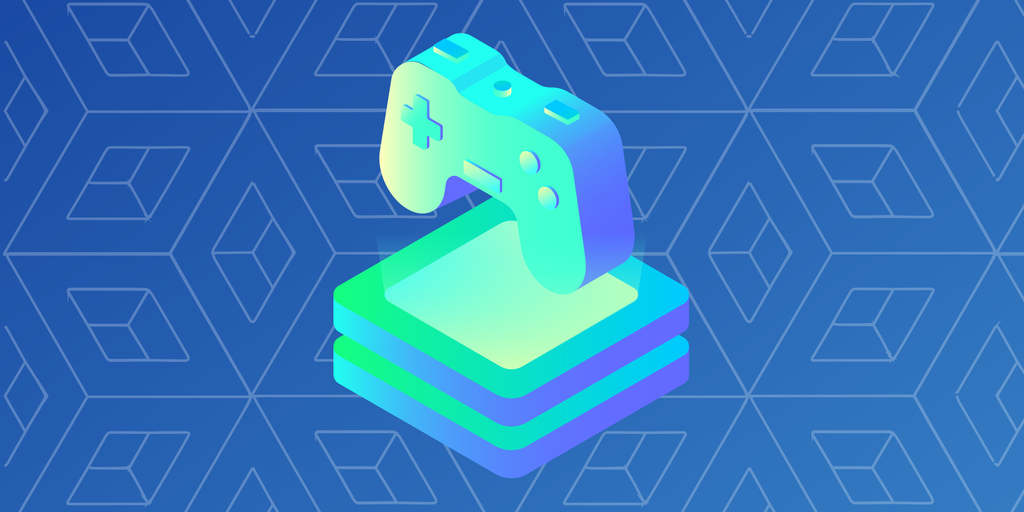
Telegram-based play-to-earn games have seen explosive growth so far in 2024, with the launch of Notcoin and its hot token fueling a new wave of popular games. The biggest of those so far is Hamster Kombat, a game that tasks you with running a crypto exchange as a fuzzy hamster.
Gemz is basically that—but with sloths operating a crypto-mining firm. It’s an unabashed clone, from the gameplay to the interface, and there’s really no point in stepping around that.
But while Gemz comes up short on originality, that may not matter much to Telegram users looking for another tap-to-earn fix alongside Hamster Kombat and other hot games like Yescoin, Catizen, TapSwap, and PixelTap. Here’s a look at Gemz, how to play it, and what’s up with a potential token listing and airdrop ahead.
What is Gemz?
Gemz is a Telegram-based game that puts you in charge of a budding crypto mining firm operated by sloths that look rather similar to the sloth from “Zootopia.” But the bigger resemblance here, as previously mentioned, is to Hamster Kombat—the smash Telegram game that has purportedly amassed over 200 million players in recent weeks.
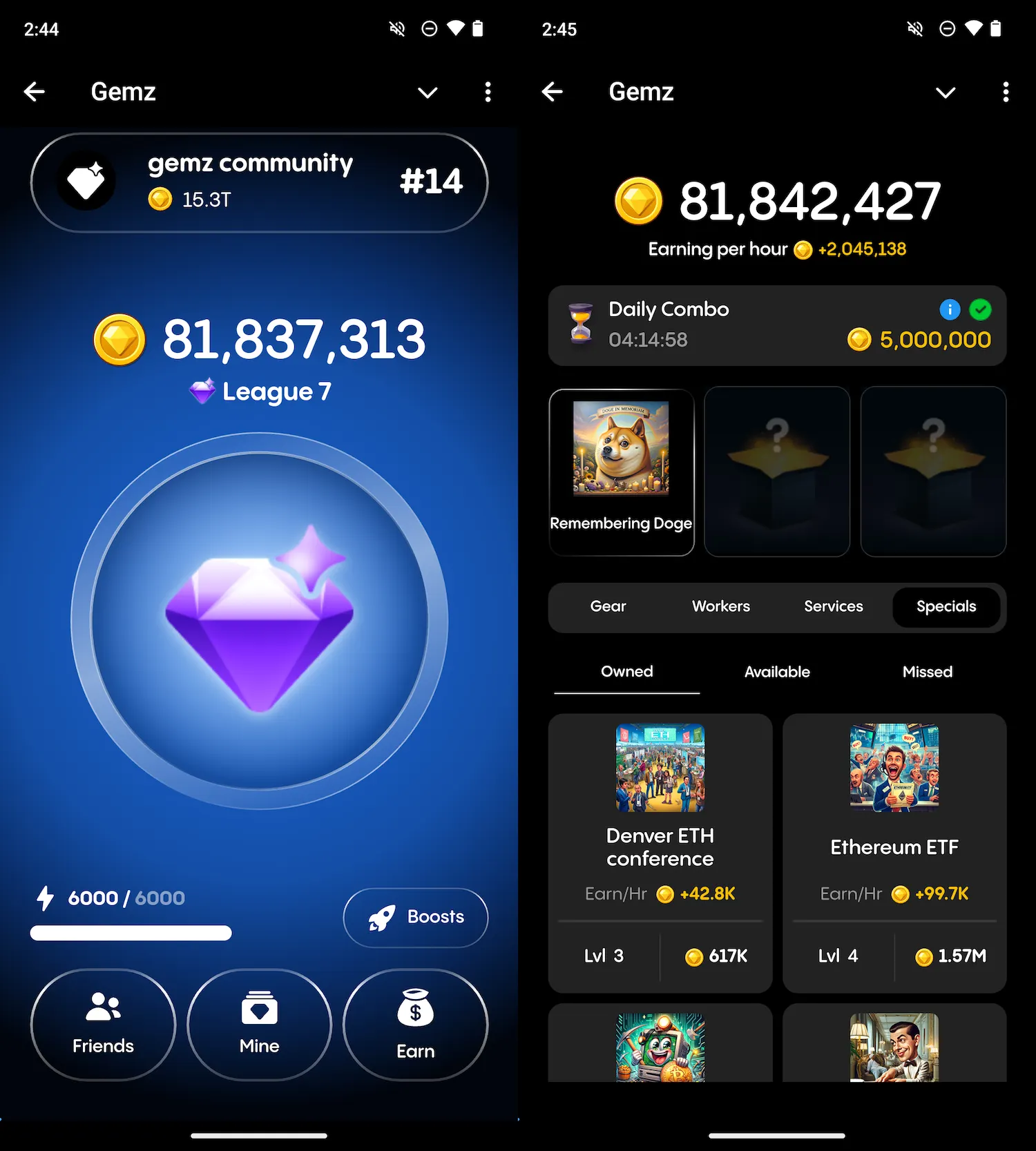
It’s a bit of a cut-and-paste job, but for Telegram players who want another simple tap-to-earn game to play ahead of a potential token launch and airdrop rewards, Gemz offers another riff on the familiar formula. The team announced on June 28 that Gemz has drawn 8 million players so far, so it’s still relatively small compared to Hamster Kombat—but on the rise.
How to play Gemz
The main screen of Gemz is anchored by a large circle with an image of a gem inside, and tapping on it via your iOS or Android device earns you coins. You can tap until your energy meter runs out, at which point you’ll either need to wait for it to refill or use one of the three free daily refill boosts.
Simply tapping the screen isn’t the best strategy to propel your sloth mining business, however. It’s better to hit the “Mine” button and invest your coins on things like Gear, Workers, Services, and Special cards to upgrade your operation. Each nets you passive income, both when you have the Telegram mini app open and when you’re offline.
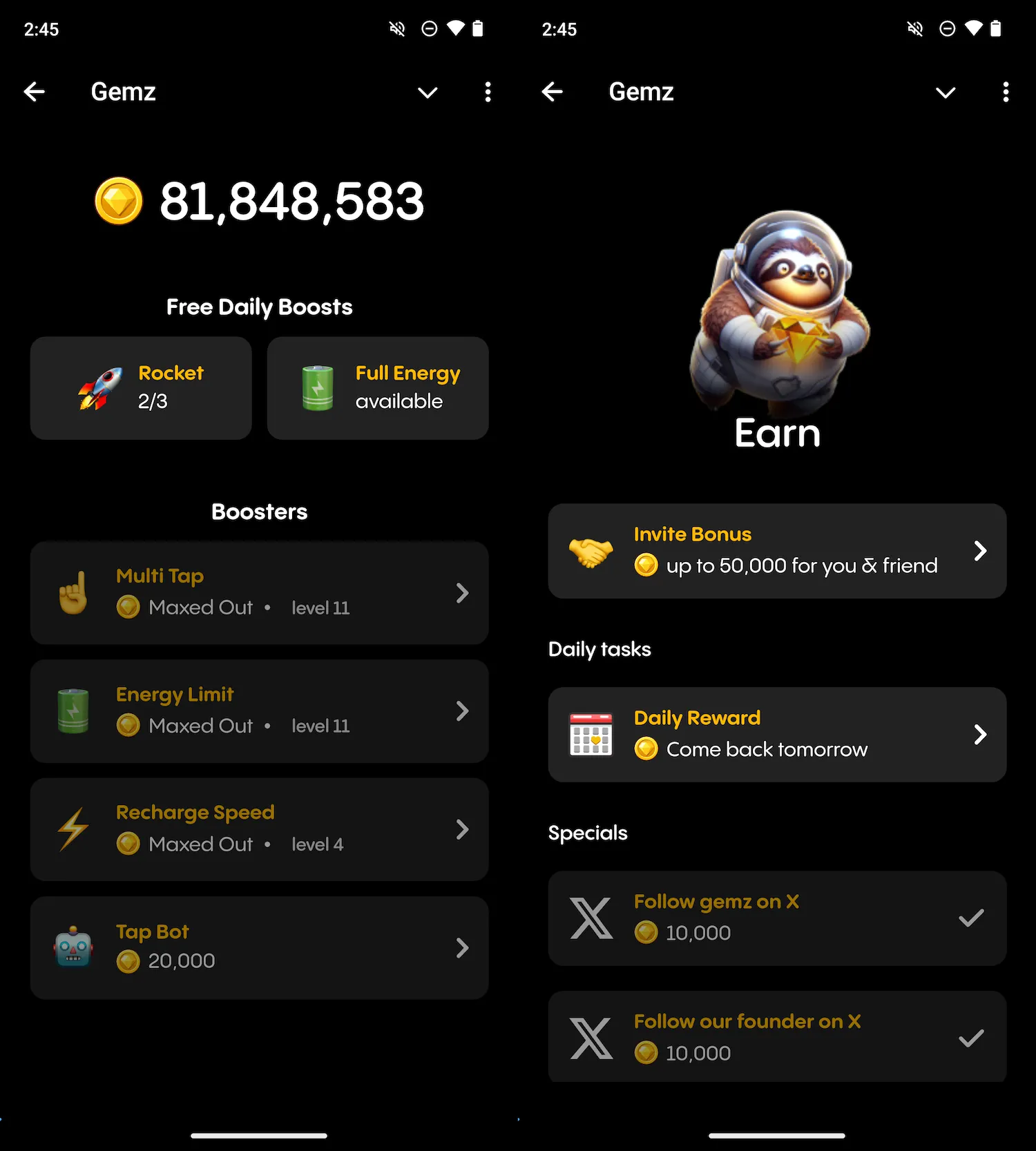
Hit the “Boosts” button, and you can also spend coins on things like a Tap Bot that continues racking up taps for you when you’re offline, or a Multi Tap feature that gives you extra coins for each tap. You’ll also earn coins for referring friends into the game, or for doing things like following the Gemz accounts on Twitter and YouTube.
Is there a token or airdrop?
Why plug away at a fictional, sloth-based crypto-mining operation? For potential profit, of course. While Gemz has yet to explicitly announce a token launch, it is billed as a play-to-earn game and lets you connect a wallet for The Open Network (TON)—aka, the chain many Telegram games are using for their tokens.
Assuming Gemz carries its Hamster Kombat impression forward, we may well see the game bring its own token to TON. But for now, all you can do is stack up in-game coins in the hopes of a possible future payday. Stay tuned as more details emerge.
Edited by Ryan Ozawa.
GG Newsletter
Get the latest web3 gaming news, hear directly from gaming studios and influencers covering the space, and receive power-ups from our partners.
Source link
You may like


The German Government Is Selling More Bitcoin – $28 Million Moves to Exchanges


BC.GAME Announces the Partnership with Leicester City and New $BC Token!


Justin Sun Says TRON Team Designing New Gas-Free Stablecoin Transfer Solution


Mt. Gox is a ‘thorn in Bitcoin’s side,’ analyst says


XRP Eyes Recovery Amid Massive Accumulation, What’s Next?


Germany Moves Another $28 Million in Bitcoin to Bitstamp, Coinbase
gaming
The power of play: Web2 games need web3 stickiness
Published
16 hours agoon
July 8, 2024By
admin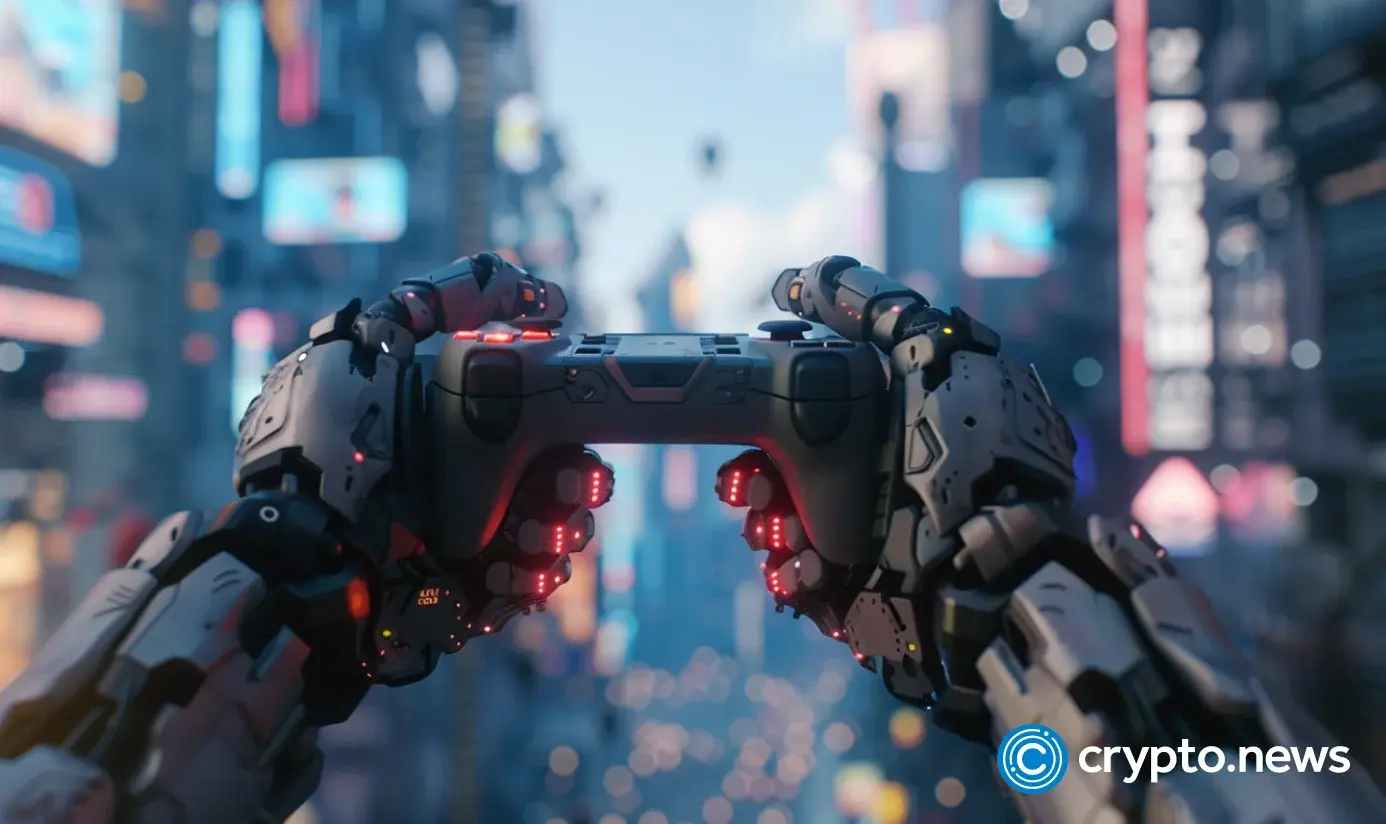
Disclosure: The views and opinions expressed here belong solely to the author and do not represent the views and opinions of crypto.news’ editorial.
Traditional gaming is in a tough spot. Mobile revenues are slipping and user acquisition costs are heading in the other direction. To revive growth and cultivate community, developers are turning to web3 to bake in true digital ownership, token incentives, and play-to-earn models.
This stickiness is changing how players engage and how games attract and monetize audiences. As a result, users are stakeholders with real skin in the game, marking a paradigm shift that combines immersive gameplay with economic upside and data-driven platforms.
From onboarding to engagement to personalization, web3 is rewriting what it means to play. Let’s look at how blockchain gaming is sparking a renaissance of perpetually loyal gamers and how this impacts the industry at large.
It’s no wonder traditional gaming companies are eyeing web3 with envy. We have something they desperately want—users with strong spending power, high loyalty to projects, and experience navigating complex game worlds. Additionally, blockchain gaming also boasts superior conversion capabilities. We can more effectively guide users through deep, in-game experiences using incentives and token rewards as motivation.
Just take a look over at Telegram for an instructive example. Hamster Kombat is taking the chat app by storm with more than 150 million players completing tasks and earning in-game currency. This game is on the simpler side of web3 but its popularity is easy to understand—it rewards players for playing. Further, the in-game currency can become real-world capital once the coin hits exchanges. For example, a similar “clicker” game, Notcoin, did this six months after release, enabling some players to earn several hundred dollars for their efforts.
While legacy games turn to loot boxes or battle passes, blockchain gaming unleashes far stickier incentives around ownership and tangible user earnings. Traditional studios simply can’t compete with experiences where time invested directly correlates to transferable value accumulated by players (and not corporations). This play-to-earn ability fosters the perpetual engagement and sustained monetization that major publishers crave.
Such rampant engagement brings me to the second point of stickiness: community. Hamster Kombat takes place on a platform that’s social by its very nature and you don’t need to look far for memes and user-generated content related to the game. Additionally, by encouraging engagement and asset accumulation, users can directly compare themselves with others and foster a greater sense of playing together versus playing alone.
Hamster Kombat illustrates basic community-building principles in web3. However, major platforms like Immutable and Avalanche take this to another level entirely. Through enabling seamless asset transfers between games and nurturing user loyalty with airdrops, these unified ecosystems foster remarkably cohesive communities. CARV’s Infinite Play is another good example of this elevated approach. This feature lets players stake their in-game assets for bigger rewards and greater platform voting rights. Additionally, by staking and playing, users can enjoy a slice of a special prize pool based on accumulated experience points. Again, the idea is to encourage engagement to make even the platform part of the game.
Finally, there’s also something to be said about how web3 handles something like identity. For example, NFT standards like ERC-7231 link multiple gamertags to one profile—creating an “identity of identities” that helps players tell their story throughout the metaverse. Better yet, the data protocol simultaneously offers users full ownership and encryption of their data on the blockchain. This level of integration and cohesion is unparalleled in the traditional gaming landscape, setting the stage for a more immersive experience.
Beyond fostering strong communities and persistent identities, web3 unlocks another key advantage over traditional games—the ability to learn and evolve with each user.
By anchoring player data on-chain from the start, web3 games gain access to rich datasets that can train hyper-personalized companions to serve as guides, mentors, or rivals across the gaming universe. These artificially intelligent assistants enhance stickiness by making every gameplay session feel fresh and adaptive to the individual.
Imagine an AI assistant that understands your unique playstyle, optimizes challenges based on strengths or weaknesses, and develops its own personality through prolonged interactions. Such contextualized experiences are nearly impossible in web2 where user data is siloed across disparate games and platforms.
Protocols that unite gaming’s full stack—from gamer identities to asset data to tokenized incentives—are key enablers. By providing the coherent data fabric and economic rails, they manifest web3’s interoperable potential into dynamic virtual worlds that shift and shape alongside their inhabitants.
This virtuous loop between enriched data, improved AI, and incentivized engagement creates a flywheel effect. The more users invest time and information into web3, ecosystems the more value propels back in the form of tailored challenges, where progression echoes across the ecosystem.
While web2 games rely on black-boxed behavioral predictions to drive repetitive loops, web3 counterparts can precisely map the unique journey of each user’s time spent, assets accrued, and reputations forged. This level of personalization is emerging as one of web3 gaming’s most powerful retention weapons.
The attraction is evident for games and gamers in web3. Players in blockchain gaming enjoy real stakes in player-driven markets, and game-makers tap into new value streams. By leveraging actual ownership, token incentives, and unified data economies, players become invested stakeholders rather than cyclical spenders.
Add to this protocols that unlock player data and unleash AI assistants that dynamically adapt alongside each player’s journey and you have a recipe for engagement. Armed with the “power of play” and tangible incentives, web3 is primed to redefine how games captivate audiences.
Brace for traditional gaming’s inevitable convergence as web3’s perpetual play revolution only accelerates. This upheaval is just getting started—and the data-driven future belongs to those who embrace it.

Paul Delio
Paul Delio is the head of business development at CARV, a platform that allows gamers to bind web2 and web3 gaming activities in one place. At CARV, the modular data layer for gaming and AI, Paul is responsible for onboarding new game projects to CARV Play while also maintaining existing relationships with games, ecosystems, and other projects across web3. Before joining CARV, Paul held critical roles at Real Madrid and Pocketful of Quarters.
Source link
gaming
This Week in Crypto Games: Bitcoin GTA 6 Rumors, Moonray Hits Epic Store, Telegram Tap-to-Earn Upgrade
Published
22 hours agoon
July 7, 2024By
admin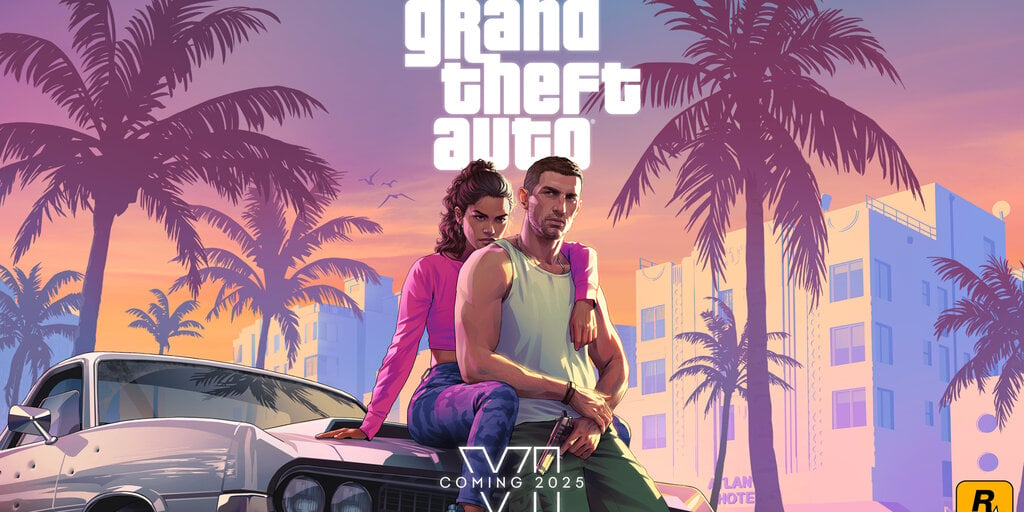
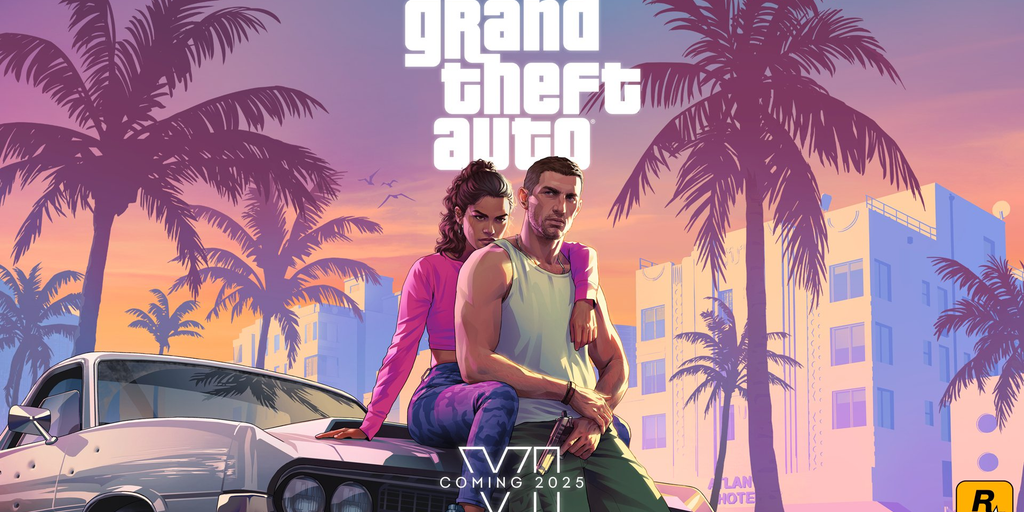
The crypto and NFT gaming space is busier than ever lately, what with prominent games starting to release, token airdrops piling up, and a seemingly constant array of other things happening at all times. It’s a lot to take in!
Luckily, Decrypt’s GG is all over it. And if you need a quick way to get caught up on the latest moves around crypto video games, we’re happy to present This Week in Crypto Games.
Our weekend roundup serves up the biggest news from the past week, along with a few other tidbits you might have missed. We also showcase a few of our original stories from the week.
Biggest news
Bitcoin in GTA 6 rumors: Rumors that the widely anticipated Grand Theft Auto 6 will utilize cryptocurrency started to bubble up more than a year after first appearing. On Wednesday, a pseudonymous Crypto Twitter influencer called Gordon shared to his nearly 500,000 followers that “GTA 6 will enable cryptocurrency payments,” and that “so far only Bitcoin, Ethereum, and USDT [are] confirmed.”
When Twitter users asked the influencer for his sourcing, he’d jokingly reply that his “uncle works there,” or say that previous reports on the matter were “old” at this point. In truth, no cryptocurrencies have been confirmed for Grand Theft Auto 6. We dug into what has and hasn’t been said on the GTA-meets-crypto front.
Moonray airdrop push: Sci-fi arena combat game Moonray has launched its play-to-airdrop campaign, with successful participants eligible to receive the project’s native token once it launches. Players are required to place in the top half of five games to progress through the campaign. Users can also increase their chances of winning by participating in weekly social challenges.
This comes amid the game’s Epic Games Store debut, putting the game in front of a user base of 75 million monthly active players. This appears to be an emerging trend that crypto games launching on the store will launch a play-to-airdrop campaign alongside it, after BloodLoop and Nyan Heroes recently did the same.
Telegram upgrade: On Tuesday, Telegram announced that it has launched a “mini app bar” feature for its mobile apps, enabling multitasking by letting users rapidly switch between multiple open mini apps. This applies to all types of apps built for the platform, including the Telegram Wallet bot and numerous games.
Popular messaging app Telegram is in the midst of a crypto gaming phenomenon, spurred by tap-to-earn games like Notcoin and Hamster Kombat that have pulled in millions upon millions of players to their “mini apps.” The feature lets users collapse Telegram mini apps into a handy bar at the bottom of the screen, so users can bounce between chats, apps, and games. And it should make it easier for tap-to-earn players to hop between various games.
ICYMI
GG spotlight
Here are a few of our original stories from this past week that we think are well worth a weekend read:
GG Newsletter
Get the latest web3 gaming news, hear directly from gaming studios and influencers covering the space, and receive power-ups from our partners.
Source link
gaming
Pirate Nation CEO Predicts Thousands of Dedicated Crypto Game Blockchains
Published
2 days agoon
July 7, 2024By
admin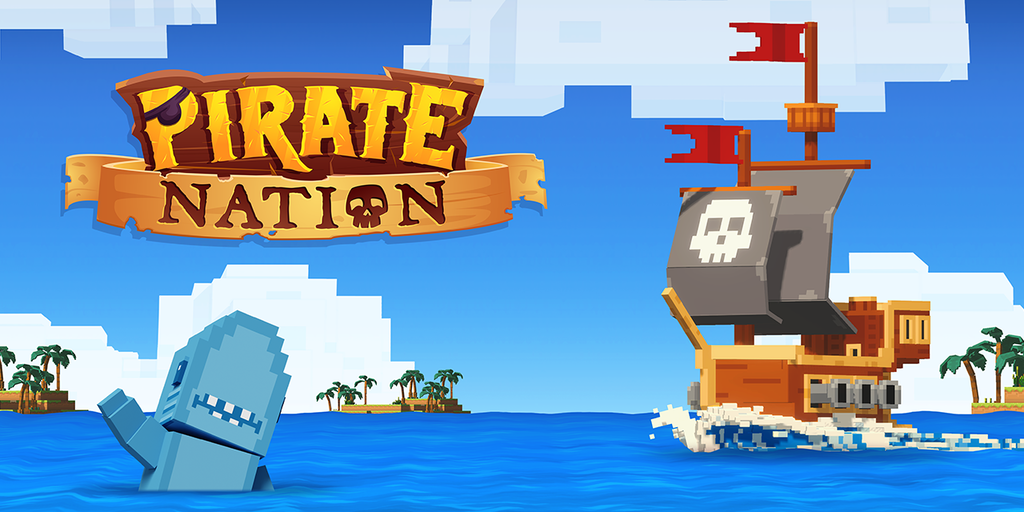
Amitt Mahajan—founder and CEO of Proof of Play, the developer of crypto game Pirate Nation—predicts that eventually there will be thousands of dedicated blockchains that each support individual applications.
This comes after his experience building the viral Facebook game Farmville. During his time developing the casual farming simulator, Zynga operated approximately 64 databases simply to prevent the game from crashing. To Mahajan, the blockchain is just an advanced database.
“At peak, [Farmville] was at about 30 million daily active users. So in order to scale a game to that, we had like 64 databases,” Mahajan told Decrypt‘s GG. “In this world, the blockchain is our database. We’re essentially using the chain as our data store. So in order to scale to any number of actual usage, we need to split transactions across chains.”
Previously, Pirate Nation was building on Ethereum scaling network Polygon, but moved to Arbitrum Nova due to rising Polygon gas fees. However, the project saw an issue in relying on shared networks as a new project launching could boost gas fees for everyone on the chain.
In February, Pirate Nation eyed up the possibility of launching chains for itself and other developers using Arbitrum—in a project called Multichain.
The on-chain role-playing game Pirate Nation is now sailing on its own application-specific chain, Apex, and the founder believes that this is the only logical future for other apps too.
“As soon as you’re an application with any level of scale, you need to be able to predictably control your gas costs,” Mahajan told Decrypt. “My prediction is that there’s going to be thousands and thousands of chains, as people split off from these shared layer-2s to application-specific chains.”

We’ve already seen this trend across multiple blockchain networks. Several games building on Avalanche are using their own dedicated subnets, for example, such as Shrapnel and the upcoming Off the Grid with its GUNZ network. In another example, Treasure is building its own Arbitrum-based Treasure Chain that will feature a web of “Infinity Chains,” or dedicated gaming networks.
Since launching on its own app-specific chain, Mahajan said that Pirate Nation has started to fill up the chain with transactions—with the team already eyeing up a second chain for support.
“We’ve essentially reached the capacity of Apex,” Mahajan explained. “Now, in order to continue to scale the game, we need to add the B-chain, the C-chain, the D-chain,” he added. “We’re going to be adding more chains in the future so that we can continue to add and scale the number of users in the game.”
The Proof of Play Apex chain is now live w/ Pirate Nation!
Pirate Nation is now the first fully onchain game deployed to its own Mainnet chain.
This is the start of the Multichain: an infinitely scalable constellation of chains that allows us deliver onchain gaming to millions. pic.twitter.com/tlVFPWlAeS
— Proof of Play (@ProofOfPlay) February 29, 2024
Needing multiple chains might sound odd or concerning. But for Mahajan, who has experience building games in the world of Web2, this isn’t anything new. It’s just a new riff on the same premise of needing scalable architecture to support growing games.
Mahajan worked for Zynga from 2009 to 2011, during this time he headed the development of Farmville. In the Web3 space, rather than worrying about popular blockchain games crashing, developers worry about rising fees due to network congestion.
Back when Pirate Nation was on Polygon, the firm said it was paying up to $4,000 a day in gas fees to abstract them away from players—but that wasn’t sustainable for a startup. Although launching four or more chains just to run one crypto game might seem like a big hassle, Mahajan sees an upside to the added muscle.
“It was inconvenient to have to run 64 databases for Farmville,” he said. “It’s inconvenient for us, because we’re the first people doing it. But then it becomes a product.”
Welcome to Pirate Nation, an on-chain RPG by @ProofOfPlay, built at the intersection of casual gaming, web3 technology, and shared ownership & incentives.
A thread 🧵 covering what you need to know about our game, ecosystem, & team.
Let’s jump in. 👇 1/many pic.twitter.com/aS9e4OvAuJ
— Pirate Nation (@PirateNation) July 5, 2023
Mahajan again uses Web2 to put this into perspective. Concepts like load balancing and caching had to be invented, the founder explained, in order for a product like Facebook to be built.
If we can make a game that reaches a million daily active users (DAU), that means that you can build another dapp or a photo-sharing site or something else that can reach a million DAU as well.
—Amitt Mahajan, founder and CEO of Pirate Nation
This is part of Pirate Nation’s multichain offering, in which Apex is the first network to be launched. Multichain plans to open up for other game and dapp developers to launch their own networks powered by Arbitrum Orbit, an Ethereum scaling technology.
“It’s coming. There’s definitely been interest,” Mahajan said. “We need to solve our own capacity [issues before we take on others.”
Dedicated players
Pirate Nation’s expansion plans come after the game launched its PIRATE token in June. Its listing on Coinbase saw the Ethereum token’s value jump, but price isn’t what the founder is concerned about when it comes to the token launch.
Instead, he wanted to focus on the 80% of claimed PIRATE tokens currently staked by users, according to a Dune dashboard. By staking these tokens, users earn Proof of Play (PoP) Points which promise to unlock additional benefits within the ecosystem. In part, this high percentage is due to PIRATE tokens not being locked when staked, and allowing users to still spend without any penalties.
To the founder, the high percentage of staked tokens is a bet of confidence by the community and a sign that the game isn’t attracting farmers who just want to dump the token.
“Staking is really a chance for folks to re-affirm that they’re in it for the long-term,” Mahajan explained, “so the fact that so many people, in such a high volume, have done it is encouraging.”
And for those dedicated gamers, the largest on-chain event is just around the corner.
In the coming month, the second World Boss event will take place. This will see players join arms to defeat bosses together, but also compete for their transaction to be the kill shot. Players would be rewarded for their damage dealt and given a 1-of-1 NFT if they landed the kill shot.
This event will be the biggest in-game event that Pirate Nation has ever seen. With this, the network is likely to be strained, especially with the developers already eyeing up a second chain to split transactions. Will it stretch the Apex chain to its limits?
“We’ll see,” Mahajan replied with a smile.
Edited by Andrew Hayward
GG Newsletter
Get the latest web3 gaming news, hear directly from gaming studios and influencers covering the space, and receive power-ups from our partners.
Source link

The German Government Is Selling More Bitcoin – $28 Million Moves to Exchanges
BC.GAME Announces the Partnership with Leicester City and New $BC Token!

Justin Sun Says TRON Team Designing New Gas-Free Stablecoin Transfer Solution

Mt. Gox is a ‘thorn in Bitcoin’s side,’ analyst says

XRP Eyes Recovery Amid Massive Accumulation, What’s Next?

Germany Moves Another $28 Million in Bitcoin to Bitstamp, Coinbase

'Asia's MicroStrategy' Metaplanet Buys Another ¥400 Million Worth of Bitcoin

BlackRock’s BUIDL adds over $5m in a week despite market turbulence

Binance To Delist All Spot Pairs Of These Major Crypto

German Government Sill Holds 39,826 BTC, Blockchain Data Show

HIVE Digital stock rallies over 9% as Bitcoin miner bolsters crypto reserves to 2.5k BTC

Pepe Price Analysis Reveals Bullish Strength As Bitcoin Plummets

Taiwan is not in a CBDC rush as central bank lacks timetable

Will SHIB Price Reclaim $0.00003 Mark By July End?

The power of play: Web2 games need web3 stickiness

Bitcoin Dropped Below 2017 All-Time-High but Could Sellers be Getting Exhausted? – Blockchain News, Opinion, TV and Jobs

What does the Coinbase Premium Gap Tell us about Investor Activity? – Blockchain News, Opinion, TV and Jobs
BNM DAO Token Airdrop
A String of 200 ‘Sleeping Bitcoins’ From 2010 Worth $4.27 Million Moved on Friday

NFT Sector Keeps Developing – Number of Unique Ethereum NFT Traders Surged 276% in 2022 – Blockchain News, Opinion, TV and Jobs
New Minting Services

Block News Media Live Stream

SEC’s Chairman Gensler Takes Aggressive Stance on Tokens – Blockchain News, Opinion, TV and Jobs

Friends or Enemies? – Blockchain News, Opinion, TV and Jobs

Enjoy frictionless crypto purchases with Apple Pay and Google Pay | by Jim | @blockchain | Jun, 2022

How Web3 can prevent Hollywood strikes

Block News Media Live Stream

Block News Media Live Stream

Block News Media Live Stream

XRP Explodes With 1,300% Surge In Trading Volume As crypto Exchanges Jump On Board
Trending

 Altcoins2 years ago
Altcoins2 years agoBitcoin Dropped Below 2017 All-Time-High but Could Sellers be Getting Exhausted? – Blockchain News, Opinion, TV and Jobs

 Binance2 years ago
Binance2 years agoWhat does the Coinbase Premium Gap Tell us about Investor Activity? – Blockchain News, Opinion, TV and Jobs
- Uncategorized3 years ago
BNM DAO Token Airdrop

 Bitcoin miners2 years ago
Bitcoin miners2 years agoA String of 200 ‘Sleeping Bitcoins’ From 2010 Worth $4.27 Million Moved on Friday

 BTC1 year ago
BTC1 year agoNFT Sector Keeps Developing – Number of Unique Ethereum NFT Traders Surged 276% in 2022 – Blockchain News, Opinion, TV and Jobs
- Uncategorized3 years ago
New Minting Services

 Video2 years ago
Video2 years agoBlock News Media Live Stream

 Bitcoin1 year ago
Bitcoin1 year agoSEC’s Chairman Gensler Takes Aggressive Stance on Tokens – Blockchain News, Opinion, TV and Jobs

